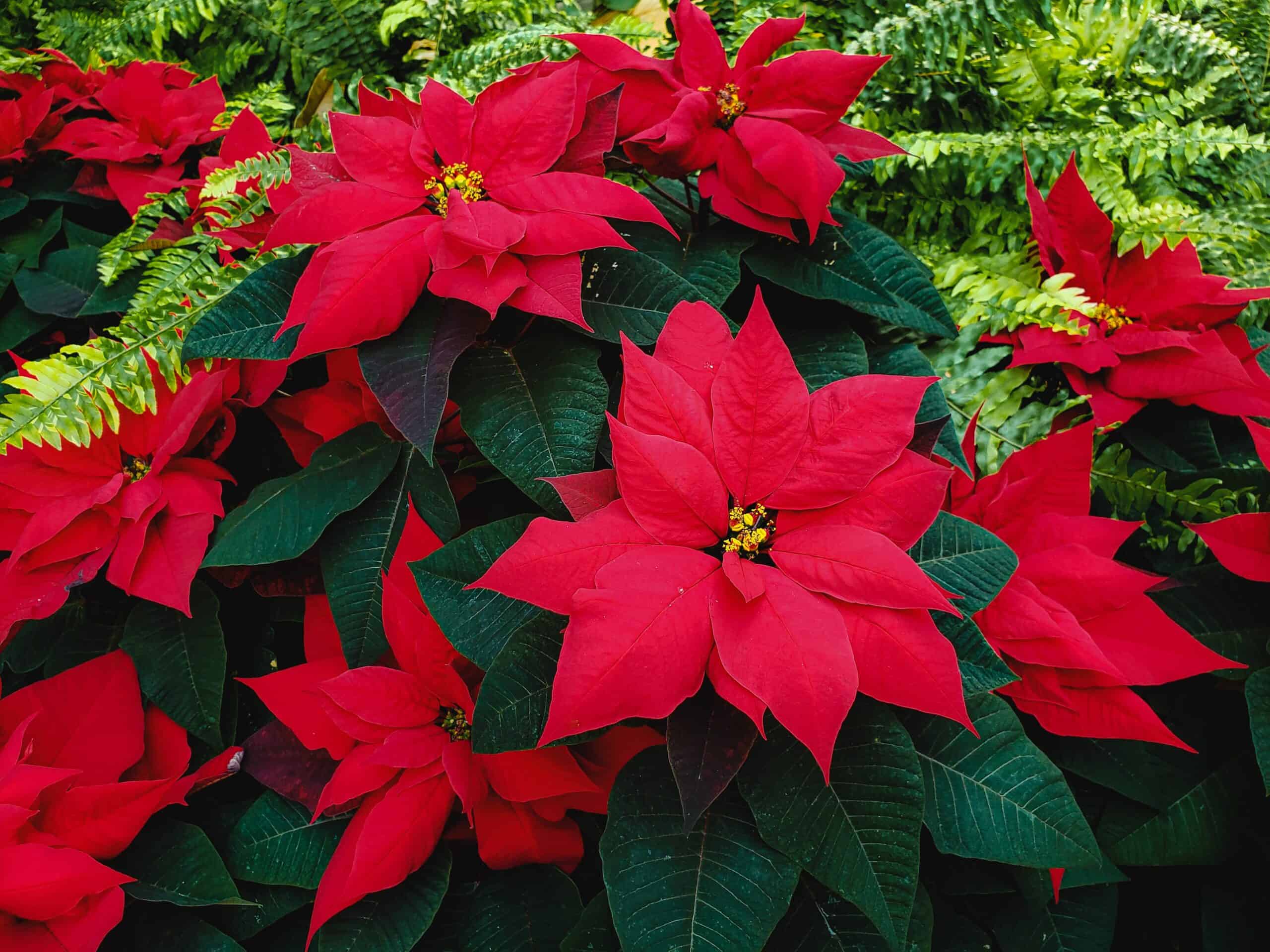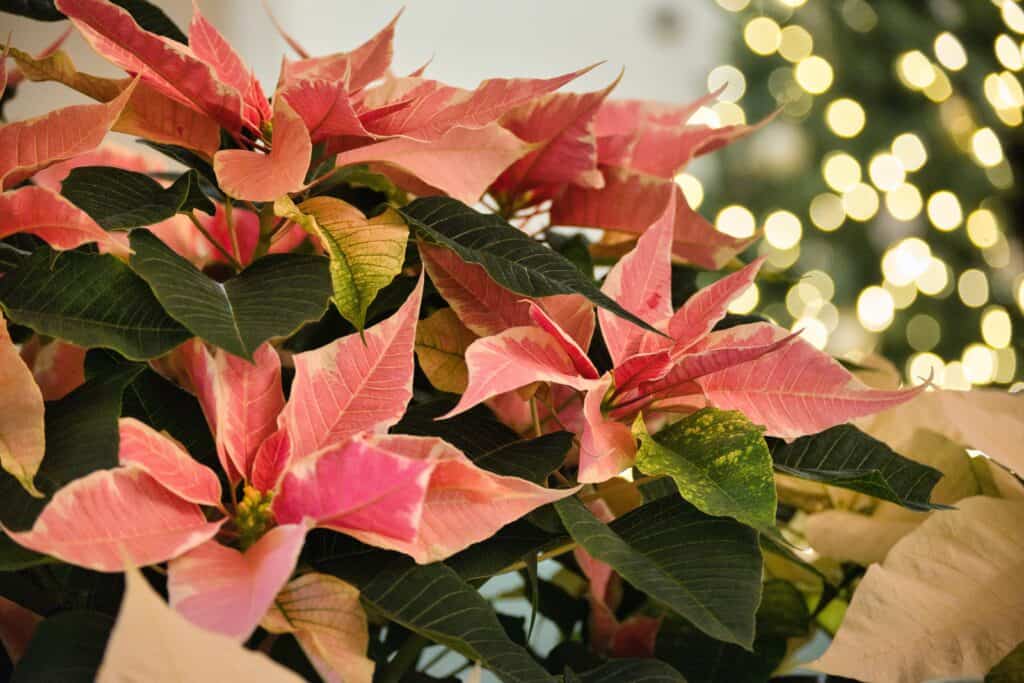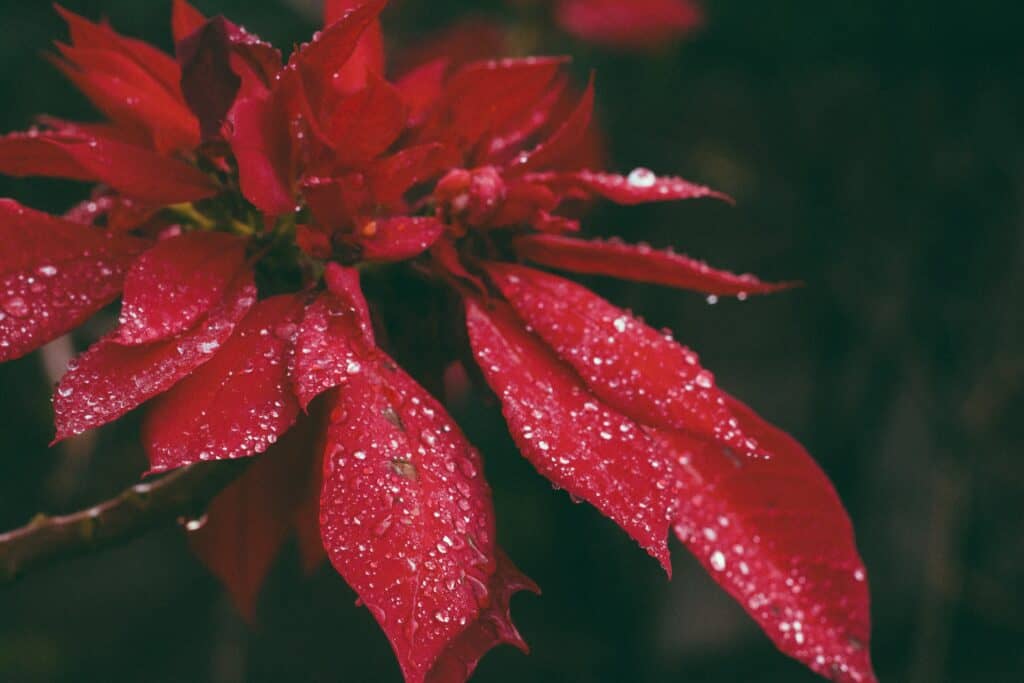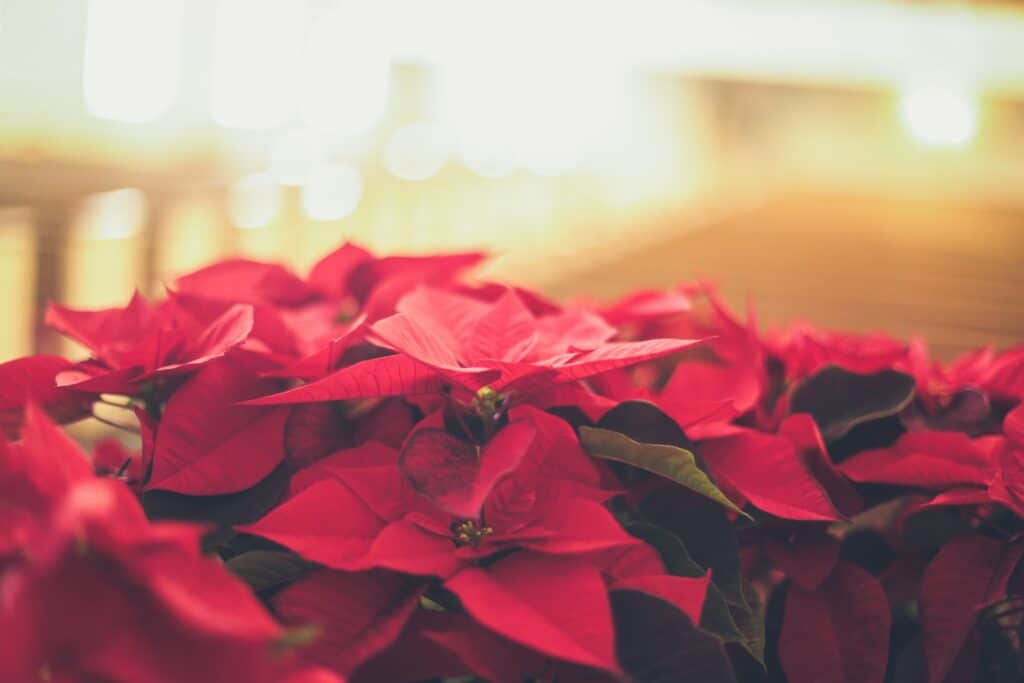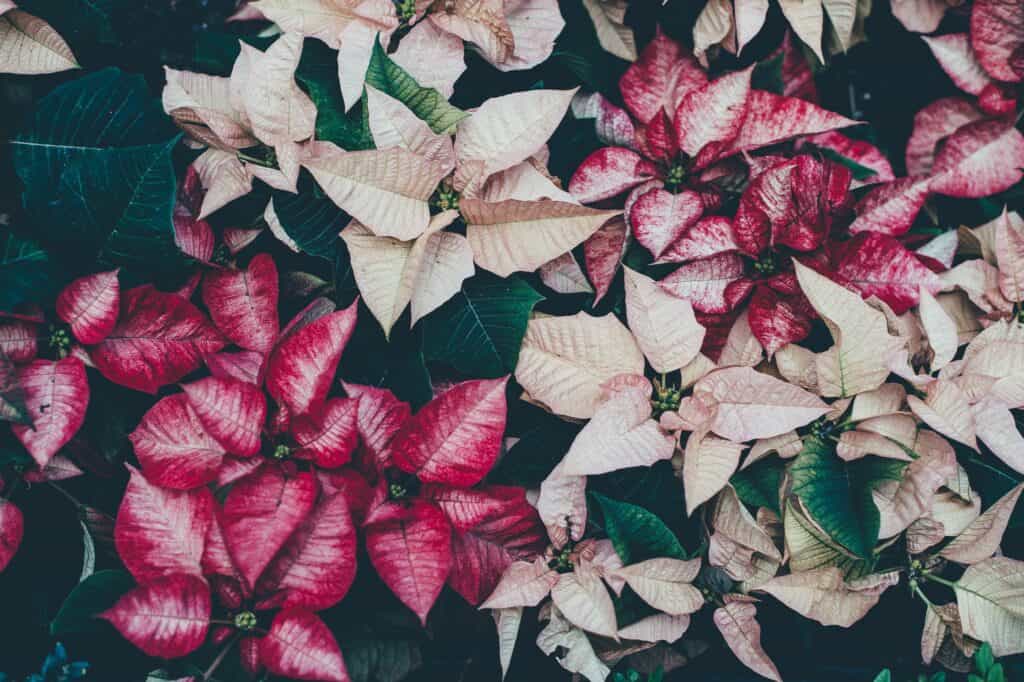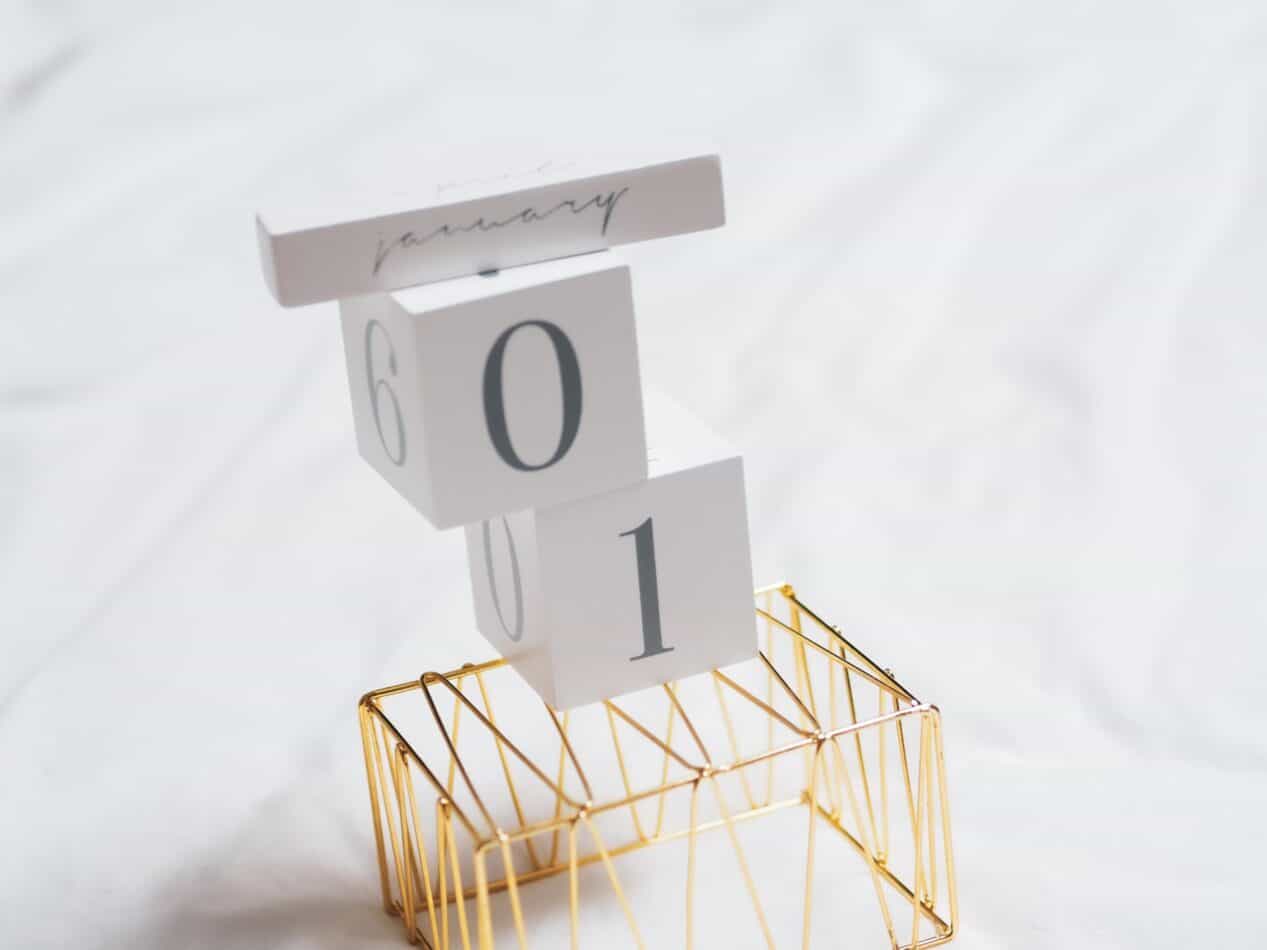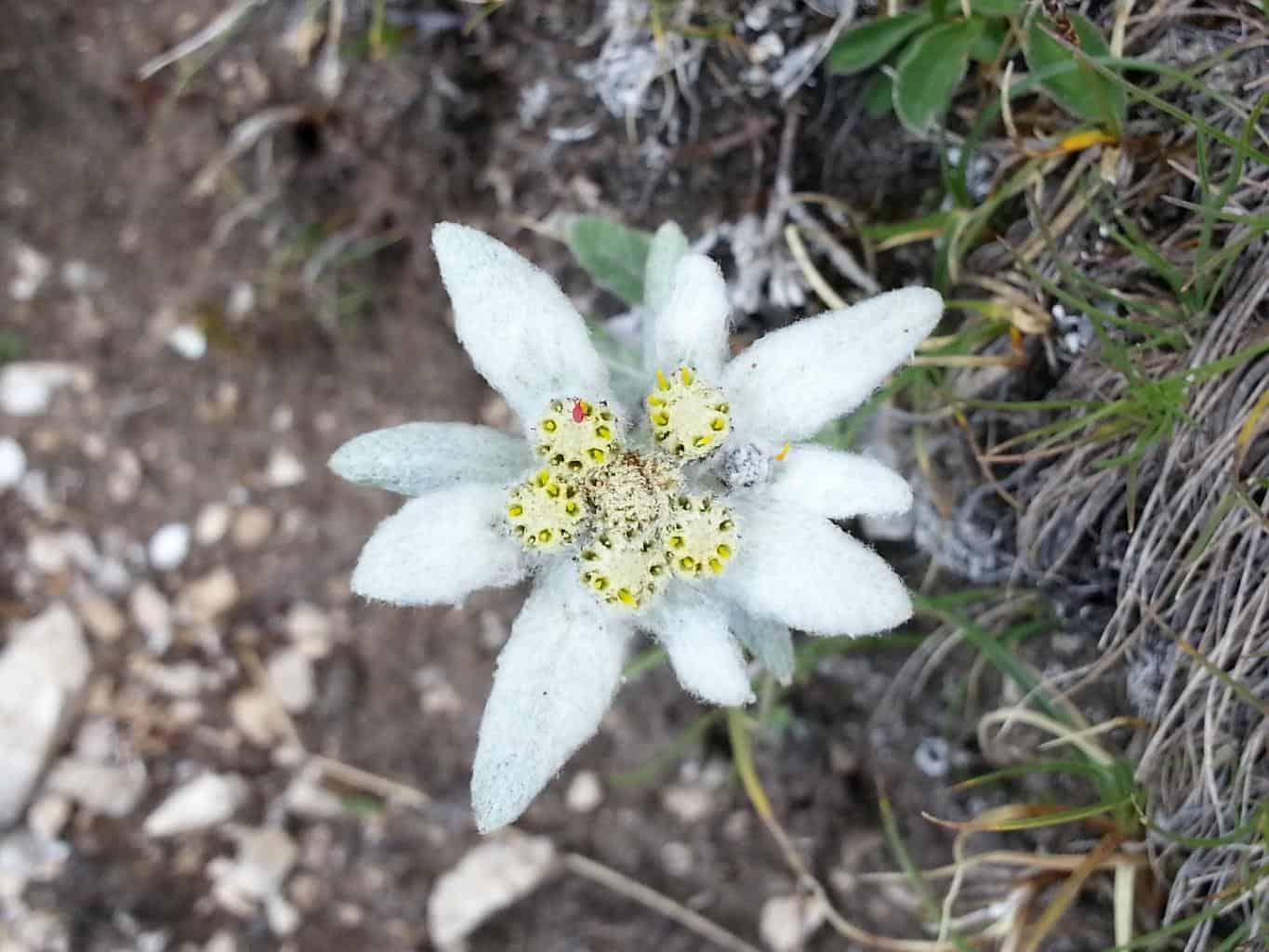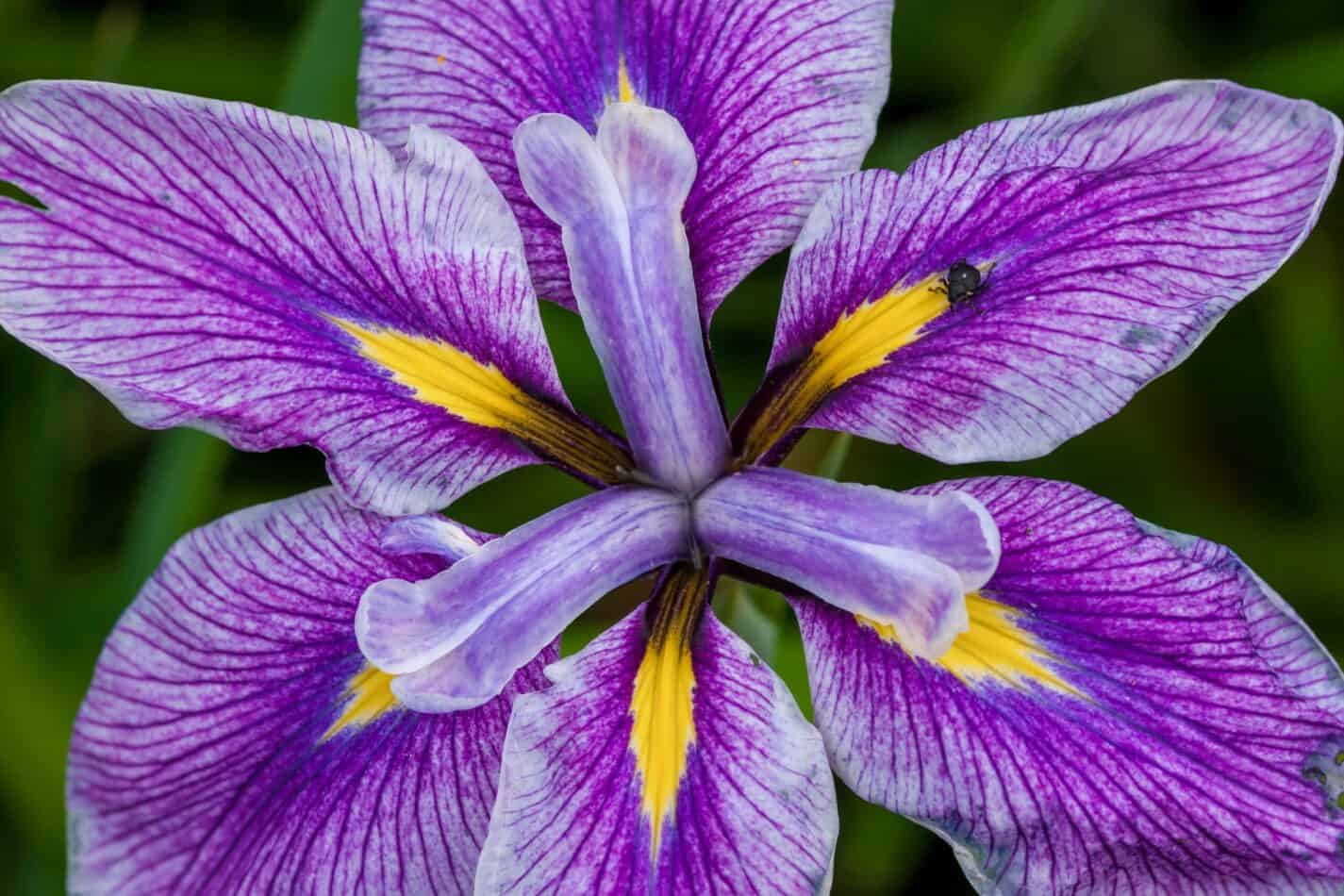Have you ever wondered how to make Poinsettia thrive after Christmas? You spent so much time and thinking in creating the perfect holiday decor for it to be gone and forgotten a week after Christmas. Fear not; this guide will help you prolong the Christmas spirit and the life of your Poinsettia too.
Poinsettia plants are popular during the holiday season due to their vibrant red leaves. To keep your poinsettia healthy and looking its best, follow these care guidelines:
- Position the plant in a location that receives plenty of indirect sunlight.
- Water the plant thoroughly, but allow the soil to dry out slightly between waterings. Overwatering can lead to root rot, so be careful not to overwater.
- Keep the plant at a consistent temperature between 65-75 degrees Fahrenheit. Avoid placing it near drafts or heating vents.
- If the leaves begin to yellow or fall off, this may be a signal that the plant is getting too much or too little water. Adjust your watering schedule accordingly.
- To encourage the plant to rebloom the following year, place it in a dark location for at least 12 hours each night beginning in October. You can continue this routine until the plant shows new growth in the spring.
With proper care, your poinsettia should remain healthy and vibrant for the holiday season.
How to Make Poinsettia Thrive After Christmas
To keep your poinsettia healthy and vibrant throughout the year, provide it with indirect sunlight, warmth, and water.
If you are systematic and follow a specific care regimen, your plant may even rebloom next holiday season. In warm climates, poinsettia plants should be grown in a sunny location with well-drained soil, and frequent pinching the back of the stem tips will help maintain their seasonal color. By following these steps, you can enjoy your poinsettia for many seasons.
- To ensure the best growth and longevity, poinsettia plants should be placed near a sunny window where they will receive bright, diffused sunlight for six to eight hours per day. Remember that exposure to direct sunlight can burn the plant’s leaves, so be sure to provide plenty of indirect light.
- When potting or replanting your poinsettia, choose a well-draining peat-based soil. In warm climates, poinsettia plants can be planted in the landscape and thrive in well-drained, acidic, neutral soil.
How Much Water does Poinsettia Need?
To properly water your poinsettia, wait until the soil feels dry to the touch before watering.
Saturate the soil completely, ensuring water runs through the drainage holes in the bottom of the pot. Avoid letting the plant sit in water, and if the pot is wrapped in decorative foil, be sure to poke holes in the bottom to allow excess water to drain away. Overwatering can quickly kill a poinsettia, so be careful not to overwater.
Signs of overwatering include:
- Wilting leaves
- Rotted plant roots
So, what can you do to avoid the withering of your Poinsettia? You need to manage temperature, humidity, and fertilizer quantity. Here’s how:
Temperature
To keep your poinsettia in bloom for as long as possible, maintain a consistent temperature between 65-75 degrees Fahrenheit during the day.
Avoid placing the plant near drafts or cold windows, as this can cause the leaves to turn yellow and drop prematurely. Lack of humidity, particularly during dry seasons, can also be a problem for poinsettias and other houseplants.
Humidity
If your home tends to be dry, a small space humidifier can help increase humidity levels around the plant. Maintaining the proper temperature and humidity allows you to keep your poinsettia looking its best.
Fertilizer
Please don’t fertilize your poinsettia plant during its blooming period. If you keep the plant throughout the year, you can begin fertilizing it in the spring when there is no growth. Use fertilizer at half-strength, and feed the plant every three to four weeks until it is re-established. By following this schedule, you can keep your poinsettia healthy and vigorous.
To get your poinsettia to rebloom, you must follow a specific care regimen throughout the year. Achieving rebloom can be challenging, so don’t be discouraged if you fail on your first try. Follow this schedule for the best results:
- From December to early spring, water your poinsettia regularly and place it in a location with bright, diffused sunlight.
- In the spring, begin fertilizing the plant every three to four weeks.
- In the summer, move the plant outdoors to a location with partial shade.
- In the fall, reduce watering and bring the plant indoors before the first frost.
- In October, place the plant in a dark location for at least 12 hours each night to encourage reblooming.
Following these steps, you can keep your poinsettia healthy and vibrant throughout the year and potentially force it to rebloom next holiday season.
Types of Poinsettia
In addition to the traditional red poinsettia, many different cultivars are available in various colors, including white, cream, yellow, salmon, purple, burgundy, and pink.
Some of the most popular cultivars include:
- ‘Christmas Eve’ (known for its long color season),
- ‘Plum Pudding’ (the first purple hybrid),
- ‘Alaska White’ (pure white),
- ‘Jingle Bell Rock’ (cream and bright red),
- ‘Candy Cinnamon’ (dappled pink foliage),
- ‘Golden Glow’ (soft yellow),
- ‘Lemon Drop’ (bright yellow), and
- ‘Gold Rush’ (pink and gold).
When choosing a poinsettia, consider the color and appearance best fitting your holiday décor.
Pruning
Little pruning is necessary beyond removing faded leaves if you grow your poinsettia for a single season. However, if you are growing your poinsettia for rebloom or transplanting it into the landscape in a mild climate, regular pruning can help promote bushier growth. To prune your poinsettia, pinch back the stem tips frequently during the growing season. This will help the plant to grow fuller and more vibrant.
Propagating Poinsettia
Most poinsettia plants are hybrids that do not produce reliable seeds, so they are typically propagated by rooting stem cuttings. To propagate a poinsettia, follow these steps:
- Cut 3-6 inch tips using sharp pruning shears from new green growth.
- Dip the cut end in powdered rooting hormone, then plant in a small pot filled with a standard commercial potting mix.
- Place the pot in a location with bright indirect light but out of direct sunlight.
- After about a month, the cutting should develop roots. When you notice new leaf growth, remove the plastic bag and continue to grow the rooted cutting, repotting as necessary.
By propagating your poinsettia this way, you can grow new plants that will thrive for many seasons.
Pest & Diseases
Like many other houseplants, Poinsettia plants can be susceptible to various pests and diseases. Pests and diseases can impact the actions you need to take to make Poinsettia thrive after Christmas.
Common problems include
- fungus gnats,
- whiteflies,
- thrips,
- mealybugs, and
- powdery mildew
If you notice any signs of infestation or illness, remove the affected area of the plant immediately and treat it with an appropriate insecticide or fungicide. This will help to eliminate the problem and keep your poinsettia healthy and vibrant.
When caring for your poinsettia to encourage reblooming, be on the lookout for common problems that can affect the plant. These include yellowing leaves, root rot, and powdery mildew.
Several factors, including a lack of essential minerals, over-fertilization, and environmental stress, can cause yellowing leaves. If you notice yellowing leaves on your poinsettia, adjust your care routine and consider treating the plant with a fungicide to prevent further problems. By staying vigilant, you can help your poinsettia to thrive and rebloom.
Brown spots on a poinsettia plant can be a sign of canker, which can be treated by removing the affected portions of the plant. Brown or black stems indicate root rot, which can be addressed by removing infected portions of the plant and repotting the remaining healthy parts in clean soil and pots. If your poinsettia loses leaves, it may suffer from a canker or severe root rot caused by improper watering or fertilization. In this case, removing affected leaves and adjusting your care routine can help the plant recover. However, if the plant defoliates completely, it may be beyond saving. In any case, applying a fungicide can help to prevent further problems.
What we love from Amazon this week
Buy these wonderful flowers directly from Amazon:


